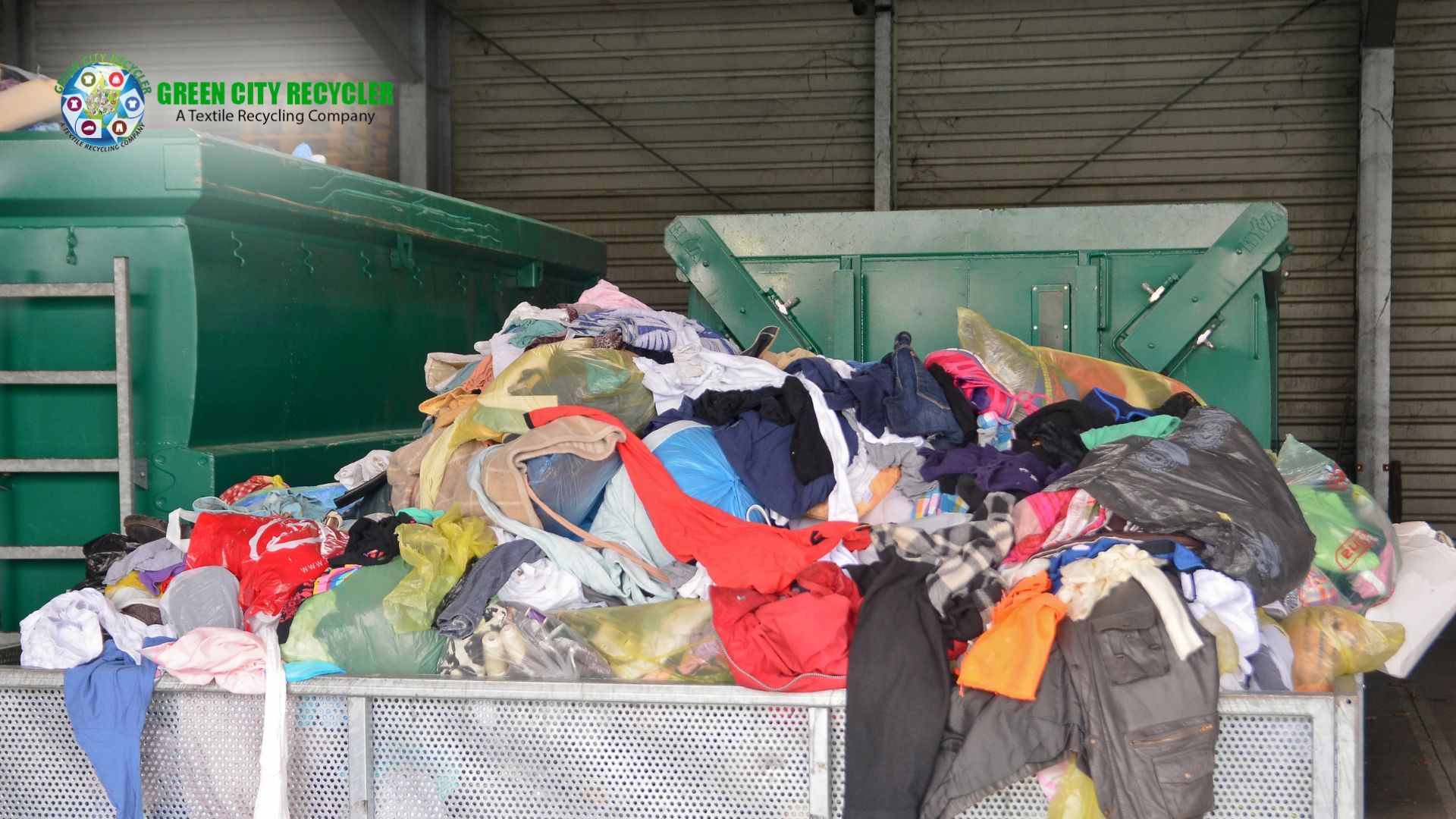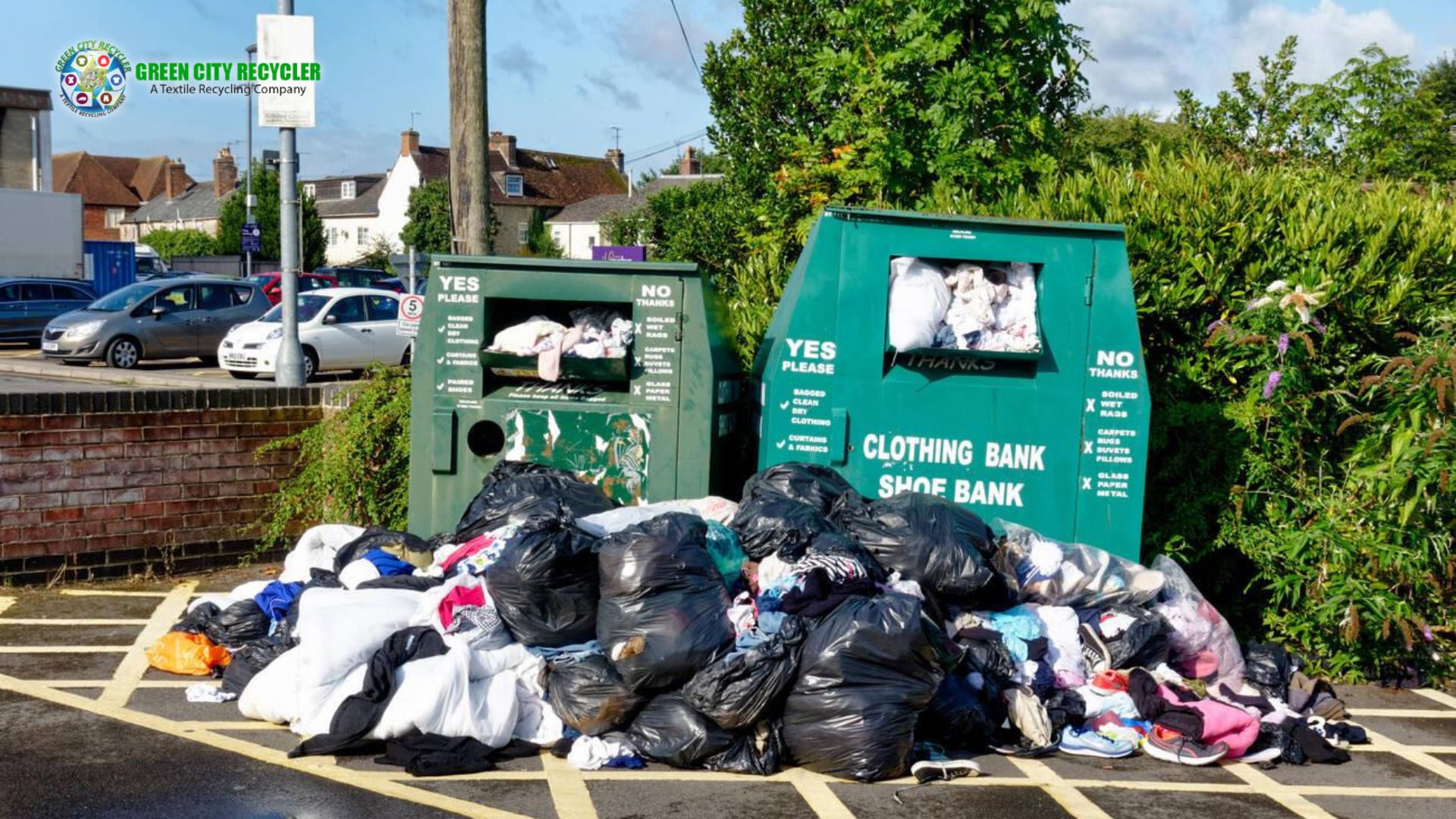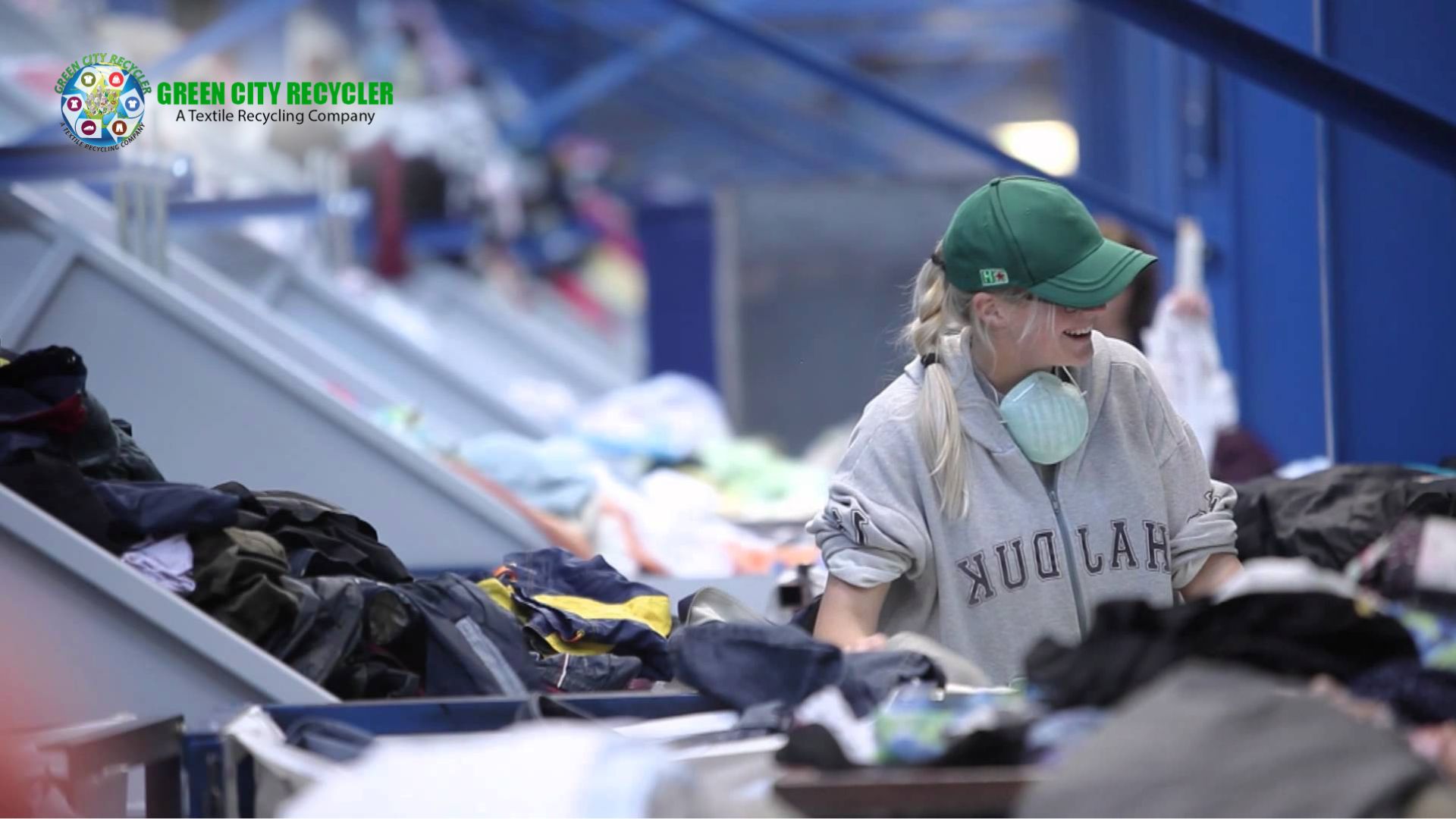You might wonder can you put clothes in textiles recycling? However, regarding clothes, many people are not clear about what is recyclable and what cannot be. This blog will address what you need to know about textile recycling. Including what you can recycle, how to do it right, and what happens to your old clothing once you recycle it.
The recycling of textiles is:
Textile recycling is the compiling, organizing, and reusing clothing and materials. Therefore, the goal is to cut waste and guarantee that once more resources are used rather than wind up in landfills. Among the numerous textiles, one can recycle are shoes, curtains, clothes, and bed linens. Along with helping to reduce pollution, textile recycling helps to save irreplaceable resources, including water and electricity.
Are clothes recyclable?
You might be curious to know can you put clothes in textiles recycling? Clothes are recyclable, but there are some key considerations to consider. However, broken clothing can be turned into new materials, and good-condition clothing can usually be worn again or donated. Some garments, nevertheless, cannot be recycled because of material composition or contamination.
Which kinds of clothing might one recycle?
Including most clothing, one can recycle:
- T-shirts
- Jeans
- Garments
- Warmers and coats
- Shoes—in pairs—have
- Gloves, scarves, and caps
- Pillowcases and bed covers
- Athletic attire sportswear and gym clothing
- Work clothes and overalls
To find out what your neighborhood recycling center takes, be sure to ask. However, Some locations might have particular guidelines on what can be recycled. Some premium fabrics—such as wool and cotton—are highly valued in recycling.
Are items of clothing not recyclable?
Although many materials can be recycled, some objects cannot be. These cover:
- Damp or moldy garments
- Clothing bearing chemical or oil stains
- Since some items include too much plastic, such as waterproof coatings on raincoats
- Underwear and socks (some charities welcome them, but not all recyclers do).
- Hazardous material-contaminated clothing
- Severely damaged fabrics that cannot be worked upon further
While some textile recyclers might take challenging-to-recycle products, they often call for specific facilities. However, contacting your nearby recycling center for directions is always better.
How to properly recycle clothing?
Can you put clothes in textiles recycling? Besides using these easy guidelines will help you recycle your used clothing:
- See whether they could be donated; if your clothing is still in decent shape, think about donating them to shelters or charitable stores.
- Look for a textile recycling container; many stores and recycling facilities include these.
- Check they are dry and clean; dirty or wet clothing might not be accepted.
- Also, eliminate any non-textile components, if possible, by removing plastic attachments, buttons, and zippers.
- Sort according to material; some recycling facilities might want separate collections for several fabrics.
- Whereas Organizing like goods together; keeping like fabrics together can help streamline recycling.
What becomes of recycled clothing?
Your clothing is sorted once it is gathered for recycling. The following is what occurs:
- Since clothes are arranged according to material and state of condition.
- Reusing: Good-quality objects might be given or sold once again.
- While clothes that cannot be worn again are turned into new materials, including:
- Garages and factories: cleaning towels
- Insulation for vehicles and houses
- New cloth for clothing manufacture
- Upholstery filling and carpet padding
- Industrial towels and rags for cleaning
- However, composting some natural fibers, such as wool and cotton, transforms them into organic matter that improves the soil.
- The recycling procedure ensures that less clothing winds up in landfills. Therefore, there is less negative environmental impact from textile waste.
Other Approaches to Recycling
Should you wish not to recycle your clothing, there are various choices to take under review
- Donate to charity. Many of them take used, good-condition clothing.
- Sell them online. Websites like eBay, Vinted, and Depop let you auction unneeded items
- Also, plan a clothes swap at a nearby event or with friends.
- While Old clothing can be used for cleaning rags, pillow covers, or do-it-yourself crafts
- Transform them into fresh fashion pieces; many artistic people create chic new looks from old clothing.
- Use them for pet bedding; animal shelters usually require soft materials.
- Fix a hole or change the fit of a garment to make it usable once more.
Why Should Textile Recycling Matter?
Waste from textiles is a significant issue. Therefore, millions of tons of clothing find their way into landfills annually. Textile recycling enables:
- Cut landfill overflow and garbage.
- Save resources and power.
- Reducing carbon emissions
- Donate to communities and charity.
- Less demand new raw materials will create.
- Reduce textile dye-induced water contamination.
Many textiles break down in landfills over the years, spewing dangerous greenhouse gasses into the environment. Recycling, donating, or reusing clothes can help minimize environmental damage and maximize the use of current resources.
In what ways might you promote textile recycling?
Promoting textile recycling might start with raising knowledge of it. Here are some concepts:
- Share the advantages of textile recycling with friends and relatives.
- Support eco-friendly brands; buy from businesses using recycled goods.
- Join nearby projects and help out with nearby recycling programs.
- Also, a recycling campaign should be planned so that participants can drop off used clothing.
- Write to your local government to request additional textile recycling containers for your neighborhood.
- Shopping should be done with awareness; choose durable, high-quality clothes that will last longer.
Conclusion
Can you put clothes in textiles recycling? Indeed, garments can be disposed of in textile recycling, but you must follow the correct procedures. However, ensure they are dry and clean; find out what your neighborhood recycling center takes, and then consider additional choices, including donating or repurposing. Also, recycling your clothing lowers waste and benefits the surroundings. Therefore, consider carefully before discarding clothing next time you tidy your wardrobe!
Little adjustments in our wardrobe disposal will significantly affect the earth. Every effort matters in lowering textile waste and protecting our planet for the next generations, whether you recycle, donate, or upcycle.
Why Choose Green City Recycler?
The reliable textile recycling company Green City Recycler provides eco-friendly methods for removing extra materials and clothing. Their handy recycling containers at several sites help people and companies to discard textiles responsibly. Their method ensures that clothes are either recycled into fresh materials, used again, or recycled into other items, lowering the trash sent to landfills. However, selecting Green City Recycler helps you support a project advancing the resource economy.
Moreover, Green City Recycler is a hassle-free and effective method for anyone looking to recycle old clothing or a company looking for eco-friendly waste management solutions to help contribute to a better earth.






